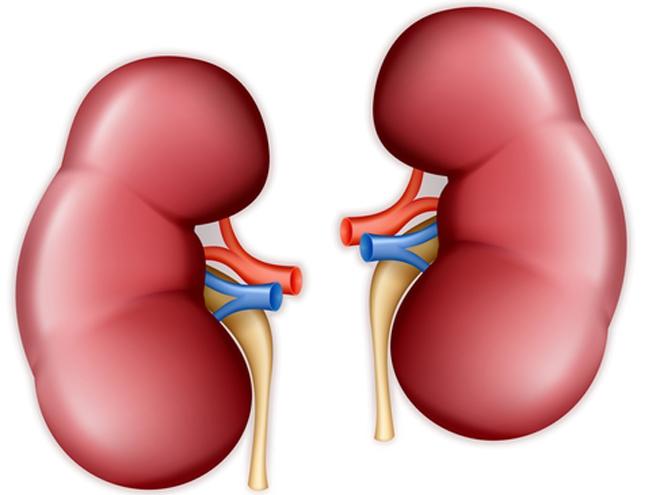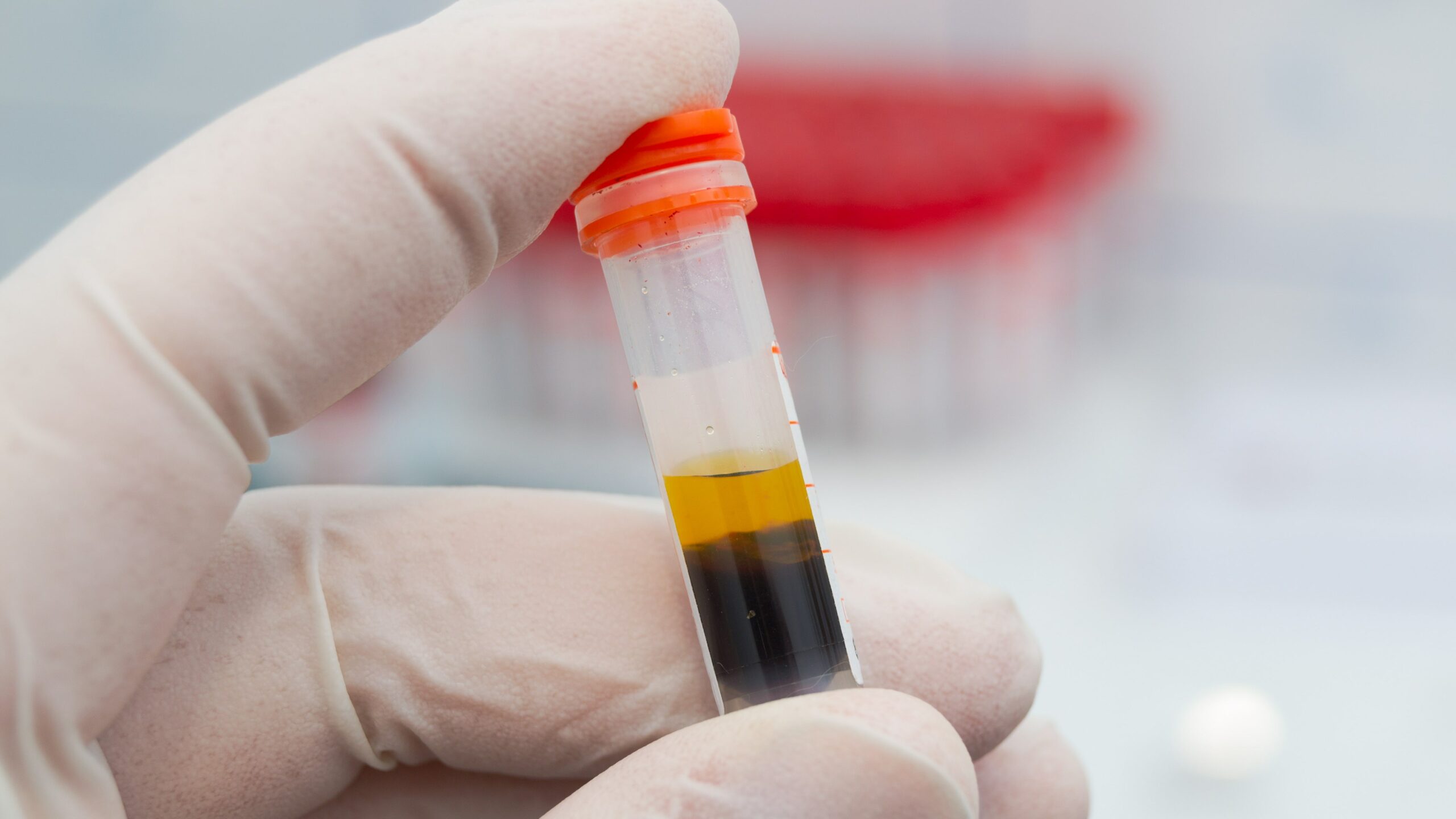
The use of creatinine measurement alone does not provide reliable data on outcomes associated with autosomal dominant polycystic kidney disease (ADPKD), according to John Sim, MD, and colleagues. Further, resource-intensive approaches including Mayo Imaging Classification (MRI) or PROPKD (genetic testing) may not reflect real-world practice.
Using longitudinal data from routine clinical practice, a data-driven approach was used to identify patients with ADPKD with rapid decline in kidney function and to determine the clinical factors associated with rapid decline in kidney function. Results of a retrospective cohort study within Kaiser Permanente Southern California (2002-2018) were reported during a poster session at NKF SCM22 in a poster titled Predictors Associated with Rapid Decline of eGFR to End-Stage Kidney Disease (ESKD) among a Diverse Autosomal Dominant Polycystic Kidney Disease (ADPKD) Population.
The study cohort included incident ADPKD patients, identified via two or more International Classification of Diseases codes for ADPKD and no prior diagnoses. Patients with rapidly declining estimated glomerular filtration rate (eGFR) trajectory were identified using latent class mixed models. Predictors of rapid decline in kidney function were selected based on agreements among feature selection methods, including logistic, regularized, and random forest modeling. Selected predictors and clinically meaningful covariates were used to build the final model.
The latent class mixed models included 1744 incident ADPKD patients. Of those, 7% (n=125) were identified as rapid decline in kidney function. A total of 42 baseline measurements were included in feature selection for adaptation with multiple imputations.
Multiple imputed databases identified seven variables as important features to distinguish rapid decline in kidney function groups from non-rapid decline in kidney function groups: baseline age, serum creatinine, hemoglobin, proteinuria, hypertension, cerebrovascular disease, and liver disease. Based on a balance between clinical implications and area under the curve (AOC) assessed using non-missing data, the final model excluded serum creatinine and liver disease and included sex.
Results found 72% sensitivity, 70% specificity and accuracy, and 0.77 AUC in identifying rapid decline in kidney function. The 5-year ESKD rates were 38% among the rapid decline groups and 7% among the non-rapid decline groups.
In conclusion, the researchers said, “Using real-world data, we found that six variables highly predicted rapid decline among ADPKD patients. This clinical risk prediction model may serve as a practical screening tool to capture and manage high-risk ADPKD patients who may need earlier and more intensive management strategies.”
Funding for this study was provided by Otsuka Pharmaceutical Development & Commercialization, Inc.
Source: Sim J, Shu Y-H, Harrison, T, et al. Predictors associated with rapid decline of eGFR to end-stage kidney disease (ESKD) among a diverse autosomal dominant polycystic kidney disease (ADPKD) population. Abstract of a poster (Poster #349) presented at the National Kidney Foundation 2022 Spring Clinical Meetings, Boston, Massachusetts, April 6-10, 2022.







 © 2025 Mashup Media, LLC, a Formedics Property. All Rights Reserved.
© 2025 Mashup Media, LLC, a Formedics Property. All Rights Reserved.